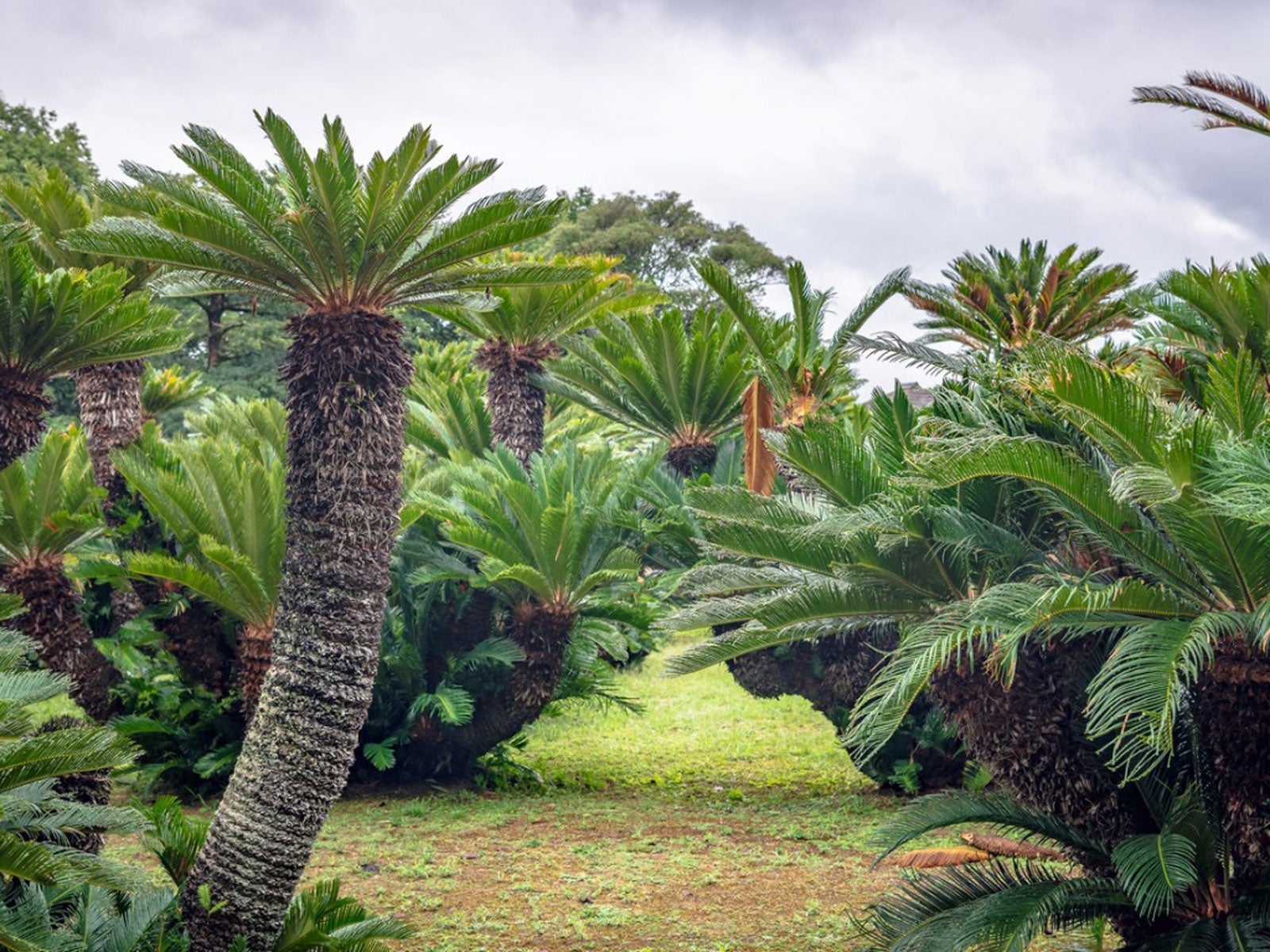What Are Cycads: Learn About Growing Cycad Plants

Going as far back as the dinosaurs, cycad plants are great for beginner and seasoned gardeners alike. These appealing plants will not only add interest both indoors and out, but they're easy to care for. Let's learn more about how to grow cycads.
What are Cycads?
Cycad plants are hardy, evergreen gymnosperms (cone-bearing plants) that grow in sand or hard rock. Cycads are dioecious plants; there are separate male and female plants. The female plant produces seeds, and the male plant produces cones filled with pollen. The most popular cycad is the sago palm. They are slow growing and have a long life. They usually grow to 3 to 5 feet (91 cm-1-1/2 m.) in height, although they can sometimes reach 10 feet (3 m.)in height.
Species of Cycad
Cycads have been referred to as “living fossils” because they have existed before the dinosaurs. There are roughly 300 known species of cycads and new species of cycad are still being discovered. Although botanists are discovering new species of cycads, they are becoming extinct; the main threats to the cycads are habitat destruction and the harvesting of the plant. Cycads are often confused with palms in appearance, but they are not related, as the cycad does not produce flowers or fruit. However, the cycad is closely related to the pine tree.
How to Grow Cycads
Because cycad plants are hardy, they are relatively easy to grow. The most important requirement is good drainage. If water is stagnant, the roots will rot. Cycads do well in terra cotta pots with a cactus mix or potting soil. Don't expect rapid growth; these plants are slow growing, and like being root-bound, so there is no need to re-pot too often. If you are planting the cycad for landscaping purposes, it is best to transplant a young plant from a container. The cycad does not like to have its roots disturbed until a trunk is visible. It is best to transplant during the spring when the temperatures are starting to increase. Remember that the cycad needs good drainage.
Cycad Care
Indoor cycads should never dry out. The soil needs to be kept moist but not saturated. In the summer months, your indoor cycad will need to be watered twice a week as opposed to the winter months when the plant will need little water. Keep this plant away from any direct heat sources and place it in a location where there is natural light. If your cycad is outside, it will need full sun and your average temperature should be 70 F. (21 C.). Fertilizing four times a year will ensure proper nutrition and growth. Typically, a granular fertilizer for palms with nitrogen (N), phosphorus (P), and potassium (K) that contains additional magnesium (Mg) and a complete micronutrient amendment is sufficient for cycads and will supply all the necessary nutrients.
Sign up for the Gardening Know How newsletter today and receive a free copy of our e-book "How to Grow Delicious Tomatoes".